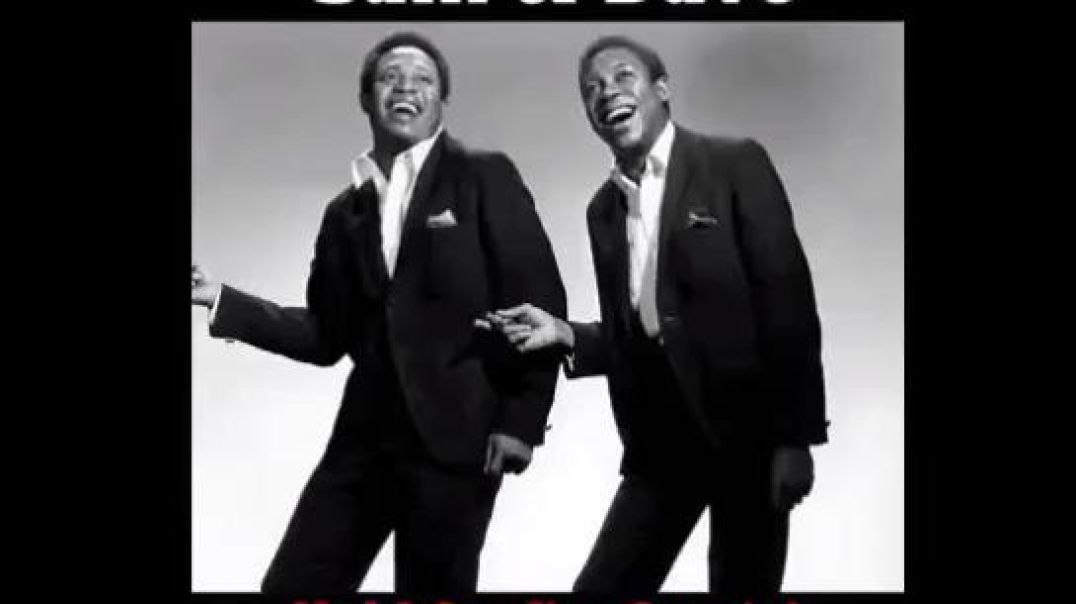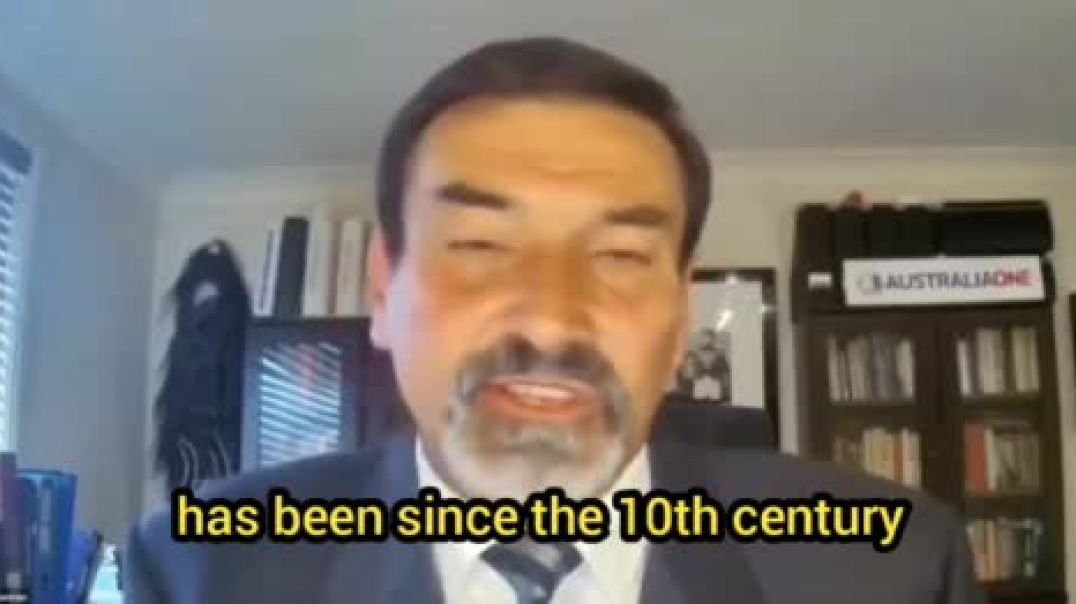Please donate now to help fund our work
- Film & Animation
- Music
- Pets & Animals
- Sports
- Travel & Events
- Gaming
- People & Blogs
- Comedy
- Entertainment
- News & Politics
- How-to & Style
- Non-profits & Activism
- McIntyre Report
- Jamie McIntyre uncensored
- RAW Report
- Candace Owens
- Steve Kirsch
- Tucker
- Bongino
- Elon musks
- Alan Jones Australia
- RT News
- Wayne Crouch Show
- Other
Leo Frank Trial - Reuben Arnold Closing Arguments Part 1
Mr. Arnold, who represents the prisoner, congratulates the jury on the conclusion of the case, which required so much time, effort, and focus. According to Mr. Hooper, when deciding whether an accused person is guilty or innocent, the men on the jury must apply the same common sense as the men in the street. The horrific crime that had been committed that afternoon or evening in the shadowy basement of the National Pencil Company is then described by Mr. Arnold. He focused on the impact the crime had on Atlanta's residents, the high ceiling running, and the pervasive desire to kill the offender. In the text, Kendley, a streetcar driver, is described as demonizing the defendant and calling for his lynching.
Additionally, he thinks that Frank should be hanged for the murder of a young girl who wasn't his victim and that no charges would have been brought against him if he weren't a Jew. Gradually, the case has come together, pitting Frank against a monstrous perjurer in Jim Conley. Only a few witnesses have ever spoken negatively about Frank, and no one had heard anything against him prior to the murder. The class of our witnesses, floaters around the factory, is also mentioned in the text, along with the class of their witnesses. The most significant information in this passage is that the jury must establish Frank's guilt of the murder after the hundreds of workers who have been at the plant for three or four years have sworn to his good character.
Initially Lee and then Gantt were chosen as the suspects for the detectives to pin the crime on. Additionally, the jury must demonstrate that there is no possibility that anyone else could be guilty with equal probability; if this is not the case, then the jury must free Frank. The detectives were instructed to blame someone—first Lee, then Gantt—for the crime. The fact that numerous people entered and claimed they had seen the girl alive late on Saturday night and at other times is the most crucial information in this text. At the time, nobody knew what to do. After turning its attention away from Lee for a short while, suspicion next turned its attention away from Gantt.
Lee is allegedly much more knowledgeable about the crime than he admitted, and he discovered the body much earlier than he claimed. In a ruling, the Supreme Court cited the Third Degree techniques employed by the police and detectives in the case of Jim Conley. Nothing, according to Hooper, but the truth kept Conley seated in the witness chair, but his fear of breaking his neck kept him there. Conley's situation was taken into consideration when this Third Degree decision was made.
Mr. Arnold uses the Durant, Hampton, and Dreyfus cases as illustrations of instances in which circumstantial evidence was misused. He gives examples of circumstantial evidence errors in the Durant, Hampton, and Dreyfus cases. According to Mr. Hooper, Jim Conley would have taken the girl's body down the elevator right away if he had seen the girl go up and killed her. The girl's murder on the second floor, however, is not likely to have occurred. According to Mr. Hooper, if Jim had seen the girl go up and killed her at that moment, he would have brought the body back down the elevator.
The girl's death on the second floor, however, is not likely. Hooper struggles to come up with a plan to kill Mary Phagan, a young girl who was killed by Frank. He draws inspiration for his plot from Jim Conley's account, which mentions Frank's engagement to a woman at the pencil factory that Saturday morning. There is no suggestion that another woman is involved in the case, despite Jim's promise to prove that Frank had a date with another woman that Saturday morning at the pencil factory. Ferguson, a girl, claims that on the Friday before Mary Phagan was killed, she asked Frank for Mary Phagan's pay, but he refused to give it to her.
This is the wackiest theory imaginable, and it doesn't make sense. It's a convoluted conspiracy. The most significant information in this passage is that Frank had nothing to do with paying off on Friday and that Helen Ferguson's best friend, Magnolia Kennedy, was with Helen when Helen went to collect her pay. Hooper also asserts that Frank fired Gantt as a result of seeing Gantt speaking to Mary Phagan. According to Boots Rogers' sister-in-law Grace Hicks, who worked with Mary Phagan, Frank was unaware of the young child.
Additionally, according to Hooper, bad things are happening in the pencil factory, and in situations like these, it is only natural for men to look for women. The text ends by stating that there hasn't been much proof of these conditions in this plant compared to any other of its kind in the city. Even though they only know Frank by sight, the most crucial information in this text is that he was a disgruntled former employee who swore against his former superintendent. He might have peeked into the changing room to make sure the girls weren't loitering, but there were no restrooms, toilets, or bathtubs there. Hooper interprets this as part of a plot because Frank asked Jim Conley to return on Saturday morning, and that day, the office was busy all day.
Additionally, he believes there are bears hiding in every bush because Frank had asked Jim Conley to return on Saturday morningffice was busy all day. Because Frank told Jim Conley to return on Saturday morning and the office was busy all day, Hooper also believes that there is a bear hiding in every bush.
This heinous crime was committed by a Negro who would treat a ten-year-old girl just as badly as an elderly woman. Christopher Columbus Barrett, an explorer in the pencil factory, found the blood spots where Chief Beavers, Chief Lanford, Mr. Black, and Mr. Starnes had looked on the day of the discovery. The floor where the spots were discovered had four flooring chips removed from it. Five core puzzles were discovered by Dr. Claude Smith on the chips, and half of the blood was two or three years old. Due to his own evidence impeding him, Jim Dorsey's own doctors have placed him in a position where he cannot wriggle.
When they discovered bloodstains on a particular area, they had him place the body they had discovered close to the bloodstains and have him drop it there. It makes sense that there would have been blood nearby if a girl had been injured on the lathing machine. The two spots of blood and strands of hair are the only proof the prosecution has that the girl was killed on the second floor, and these are the two most crucial facts in this passage: there was no blood where the body was allegedly discovered, and they are the only details in this passage that prove where the girl was killed. Barrett, the explorer, claims to have found four or five strands on the lathe, but it is likely that they were blown from a gas jet the girls used to curl and style their hair. While secretly knowing that their case against Frank, given his high social standing and culture, is based solely on the fact that he was sincere enough to admit seeing her that day, the detectives portray him as a crafty, cunning criminal.
Daisy Hopkins was called to the witness stand to expose Dalton as a liar because she is a fallen woman who can tell the truth. On the testimony of a perjurer like Dalton, the prosecution will have a difficult time convicting a man like Frank. Jim Conley, the sole man in the building at the time the case began, is the focal point of the entire investigation. Frank admitted to seeing the girl, so the detectives focused their attention on him. However, this evidence is tainted by deception from the get-go. The detectives were happy to hear Jim Conley's story as he attempted to save his neck.
If a black person is capable, it is of telling a detailed story. The world's best impersonator is a black man named Jim Conley. Because the detectives had already done so and were assisting him in doing the same, he made up his tale and put the blame for the crime on Frank. While detectives Black and Scott were giving the elderly Newt Lee a cane, a bloody shirt was discovered in his home. Conley's initial denial that he could write is what first implicates him in the crime. Later, when they discovered he could and that his script matched the murder notes exactly, they immediately accused Frank but not according to criminal records.
Jim Conley had a better opportunity than he did to accuse another man of committing a crime. Given that Frank was a man of civility, culture, status, and top position, therefore the detective division had many reasons to pursue the case against him since they feared the general public and sentiment and did not want to fight it, they chose the path of least resistance.



















